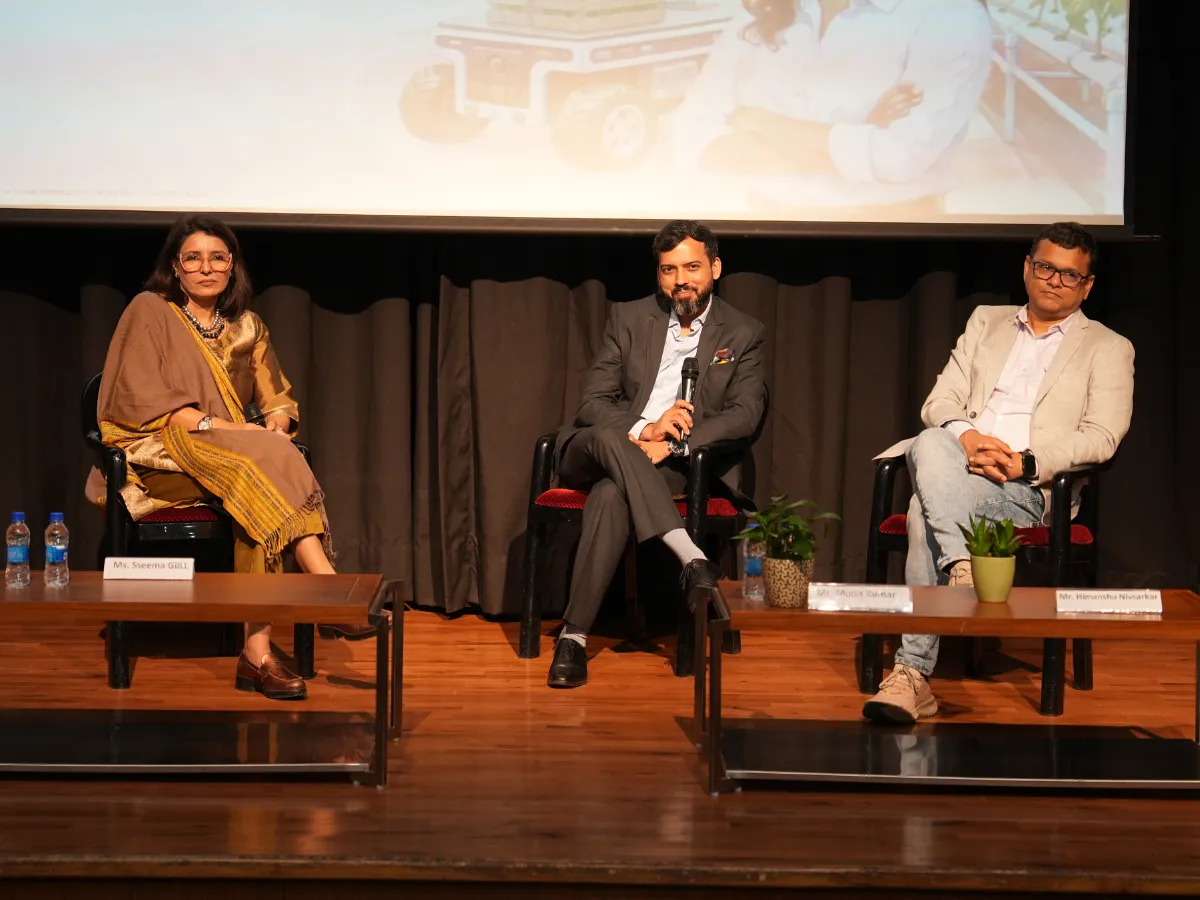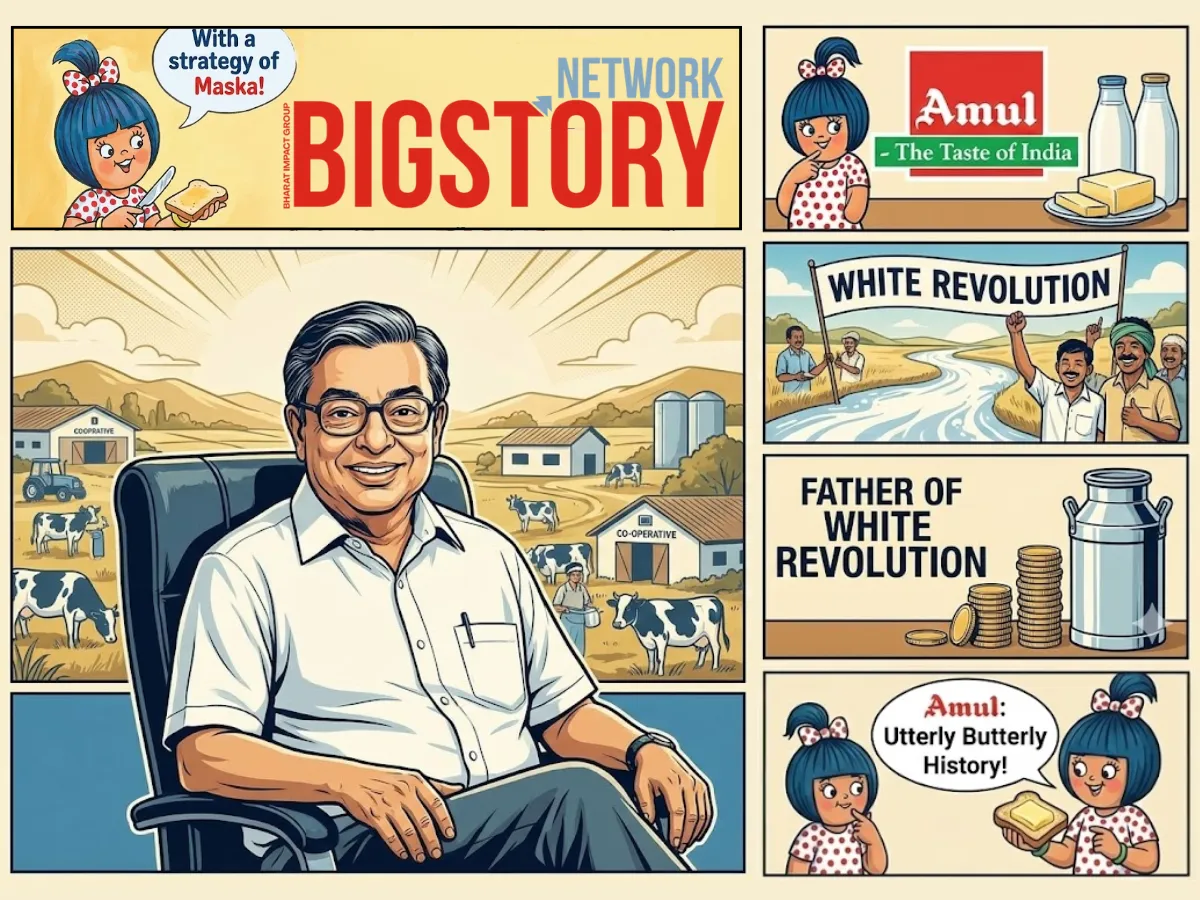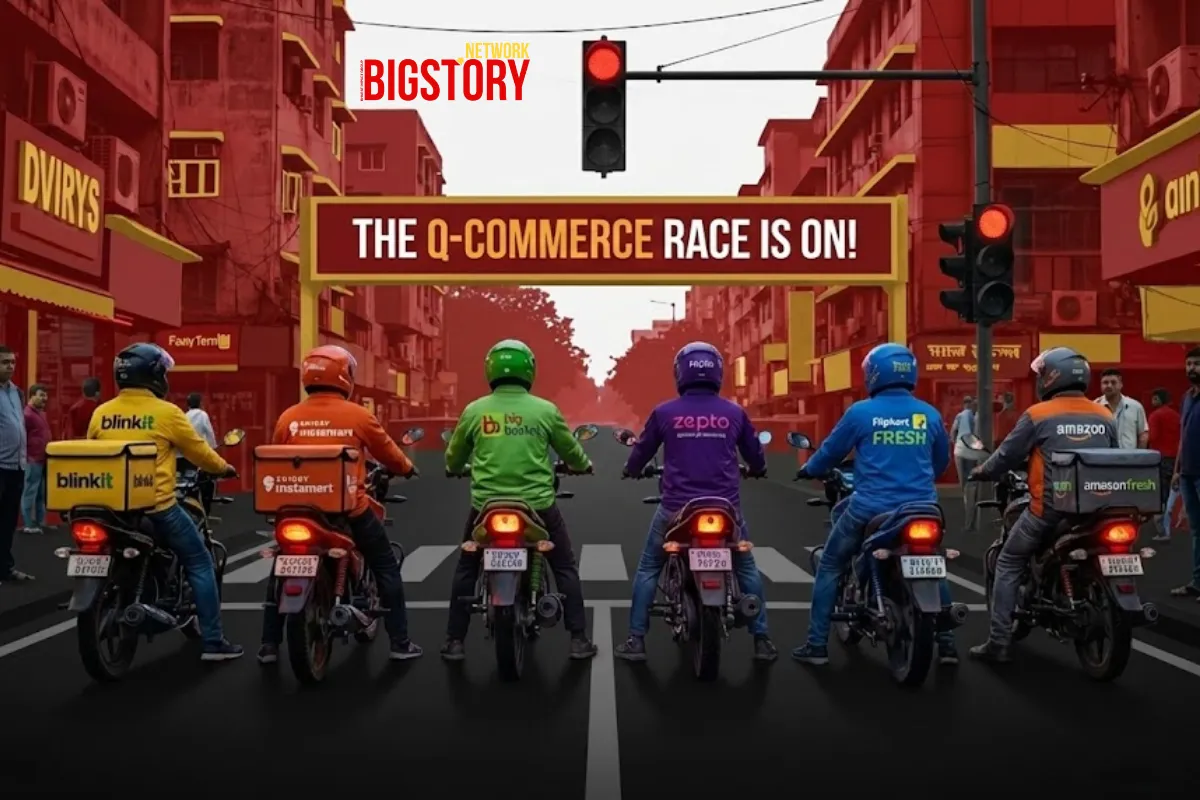Australia’s anti-immigration protests 2025 target Indians, while Germany, Italy, and Japan expand visas and jobs for Indian students and workers.
 Ritika Das
Ritika Das

Across the world, the story of Indian migration is unfolding in two sharply different ways. In countries like Germany, Italy, and Japan, governments are opening doors wide, actively inviting Indian students, workers, and professionals to fill critical gaps in their economies. Yet in Australia, thousands have taken to the streets in anti-immigration protests, with Indians increasingly caught in the crossfire of political and cultural anxieties.
On 31 August 2025, large-scale rallies under the banner “March for Australia” swept through major cities including Sydney, Melbourne, Adelaide, Brisbane, and Canberra. Organisers framed the marches as a stand against “mass immigration,” while counter-protests in support of multiculturalism unfolded alongside them.
The visible presence of extremist groups and targeted rhetoric against Indian migrants, now numbering over 845,000 Indian-born residents, left many in the diaspora unsettled.
The stated grievances from protesters revolved around:
However, analysts point out that these issues stem largely from structural domestic policy failures rather than migration. Fact-checks highlight that Indian migrants, in particular, are among the most educated, economically active groups, contributing heavily to Australia’s IT, healthcare, and education sectors.
The underlying driver, experts argue, is the amplification of fears by far-right groups and political actors. Rhetoric around “cultural replacement” and “taking back the country” mirrors global far-right narratives, politicising migration in the run-up to elections.
The protests in Australia underscore a moment of anxiety and division, where Indian migrants—despite their economic contributions—find themselves caught in political and cultural crossfire.
Yet, thousands of kilometres away, the picture is strikingly different. Germany is boosting its skilled visas for Indians to 90,000 annually, Italy is expanding both work quotas and student post-study stays, and Japan has signed agreements to bring in 5,00,000 Indian workers by 2030. For these economies, India’s youth is not a threat but a solution to ageing populations and critical labour shortages.
As a result, the choice for Indian students and professionals is increasingly shaped not only by opportunities but by acceptance.
While Australia struggles with fear-driven politics, countries like Germany, Italy, and Japan are widening opportunities. For some, India’s youth is framed as a burden; for others, it is a lifeline. The global divide is no longer about East and West, but about which nations choose to welcome—and which choose to push away.






Sign up for the Daily newsletter to get your biggest stories, handpicked for you each day.
 Trending Now! in last 24hrs
Trending Now! in last 24hrs